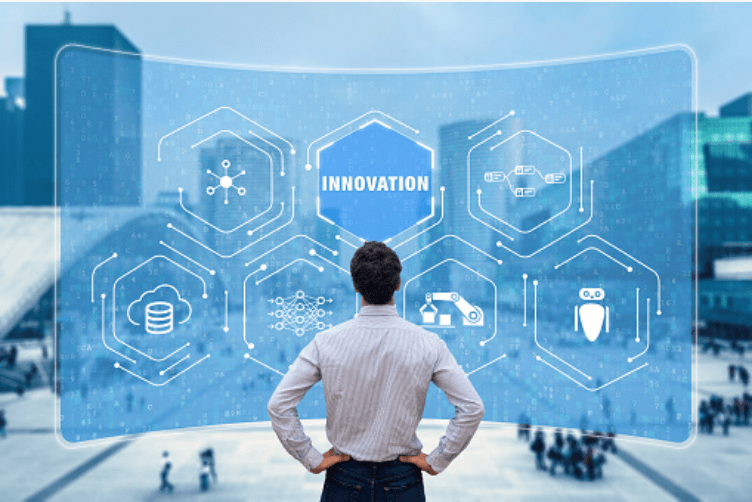The Urgency of Digitizing Maintenance Processes
Digital transformation is far more than a business trend; it is of strategic importance for companies’ survival.And the digitization of maintenance processes is no exception; the health crisis has made it more vital than ever.
It enables companies to optimize budget lines related to operations, maintenance, and construction when revenue is in a slump, regardless of their size or line of business.
More than a source of innovation, it improves performance and productivity by nearly 10% in the first two years.
For that reason, it is no longer considered a burden, but rather an indispensable driver of development and growth.
Furthermore, process digitization across the various duties performed by your employees helps them learn new skills and adds value to their work. It also offers them greater autonomy and minimizes physical contact, so you can keep your business running during a health crisis.
During the recent lockdown due to the COVID-19 pandemic, remote work became widespread, necessitating a more agile, decentralized approach to business organization with data at its core.
Indeed, the abundance of external data is a veritable gold mine of information for companies, to say nothing of data collected through connected devices (IoT), which are increasingly common among real estate service providers.
It is estimated that there will be 100 billion connected devices in use by 2025. These data streams were once scattered among a multitude of disparate media, but these keys to client knowledge must now be structured and exploited in order to be useful.
The age of information silos is over. It’s time for collaborative intelligence, KPIs, and workflows created and organized around data.
In short, now is the time for companies to enter the expert CMMS era, especially in the field of real estate maintenance.
Finding the Right Expert CMMS for Your Occupation
Choosing the right software solution is a critical factor in your success, and so is supporting your employees while they implement it.
Pour être efficace, la GMAO doit être de dernière génération, c’est-à-dire mobile (pour accompagner les équipes sur le terrain), évolutive (pour suivre la croissance de l’entreprise) et en mode Saas (pour limiter l’investissement de départ, une plus grande souplesse et une sécurité informatique renforcée). Elle doit être suffisamment experte pour s’adapter au secteur d’activité de l’entreprise, et lui permettre ainsi de limiter la perte de productivité liée à la crise sanitaire.
Using a CMMS makes it smoother and easier to organize teams’ movements in the field, letting management teams monitor their progress in real time.
Establishing a client portal lets you stay in touch and communicate with clients, thus ensuring complete data transparency while maintaining the necessary social distancing. When working remotely, the SaaS platform allows office- and field-based teams to carry out their work confidently, which isn’t possible when using a desktop solution.
The base module of any CMMS manages property and technical data about buildings, contract follow-up, and corrective and preventive service from the field teams, and generates activity reports. Some of the more specialized, next-generation CMMS tools are interoperable with other computer systems (payroll, accounting, BI/Si/IoT/robotic tools, etc.) and also offer modules specially designed for different occupations:
- Estimate and rate schedule management for plumbers and electricians
- Energy efficiency management for heating specialists
- Refrigerant management for HVAC specialists
- Management of safety studies and stranded passengers for elevator specialists
- Automatic completion of CERFA forms for individual boiler maintenance
And expert features such as:
- Maintenance log for real estate service providers
- Text notifications to occupants for service calls at their residences
- Personalized activity reports
- Client portal with mobile app
- Measurement of client satisfaction
- Availability in offline mode
- Simplified remote estimates
- Automatic invoicing
- Inventory management
Why choose a next-generation CMMS?
With a next-generation CMMS tool, data flows are processed continuously, smoothly, and transparently, with no need to reenter data at any stage:
Service request generated by the occupant or manager – automatic scheduling – service/repair – estimate management (if applicable) – completion of work – client evaluation of service – service call report – automatic invoicing – storage/archiving – transfer of data to payroll and accounting tool – business analytics management
In conclusion, adopting a next-generation CMMS tool has become a necessity to optimize your internal processes and your human and material resources.
The end objective is to boost your company’s growth, keep your clients loyal, and make your business significantly more competitive so it will last for years to come.
